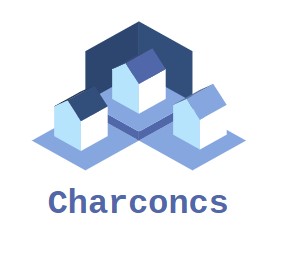5 Methods of Construction
Listed below are the five methods of construction commonly used in the construction of residential and commercial properties. These include traditional stick-frame construction, precast foundations, panelized construction, and modular construction. We will also discuss the benefits and drawbacks of each method. These techniques are often used to build parking garages, high-rise buildings, and elevated roadways. Concrete-based construction methods allow reinforced concrete to be produced on-site and then assembled into the building’s structure.
Traditional stick-frame construction
Traditional stick-frame construction refers to a building style that consists of wooden framing members. The foundation is surrounded by sills, which act as receiving faces for the floor joists. These joists distribute the floor’s weight evenly. In large rooms, girders are often used in place of joists. These girders serve as additional support, preventing sagging of the joists.

Precast foundations
These precast panels are made of 5000-psi concrete. They come in a variety of finishes, including smooth, rough-cut or broom. A standard base can be crushed compacted gravel, stone, or both. This is suitable for most soils. However, heavier loads can be accommodated with specially designed precast panels. This article discusses some of the advantages of precast foundations.
Panelized construction
Panelized construction is an alternative option to traditional building methods. It is a popular choice among builders looking for a fast, easy way to build a home. This method is particularly useful when building a home in remote areas because it allows for flexibility in design. The exterior walls are often load-bearing and reduce shipping costs to the site. The process has its limitations. Panelized construction is not recommended if you plan to make changes during construction.
Modular construction
Modular construction can have some disadvantages, but on-site construction can have its advantages. One of these is the lack of flexibility. While site build allows the designer to change design changes during construction, modular construction does not. Modulars can also be manufactured in controlled conditions. Modulars are less susceptible to moisture and extreme weather. Modulators can be manufactured more efficiently and are therefore better able to ensure quality.
Straw clay construction
The traditional straw-clay construction was more heavy and less efficient than its modern counterpart. However, straw-clay walls provide excellent insulation, making it an attractive option for those living in cold climate regions. The IBC’s recent introduction in its International Building Code (IBC), of the light strawclay section may be the next step in making these tried and true provisions more widely accessible to builders, architects, and designers. Listed below are three benefits of straw-clay construction.
